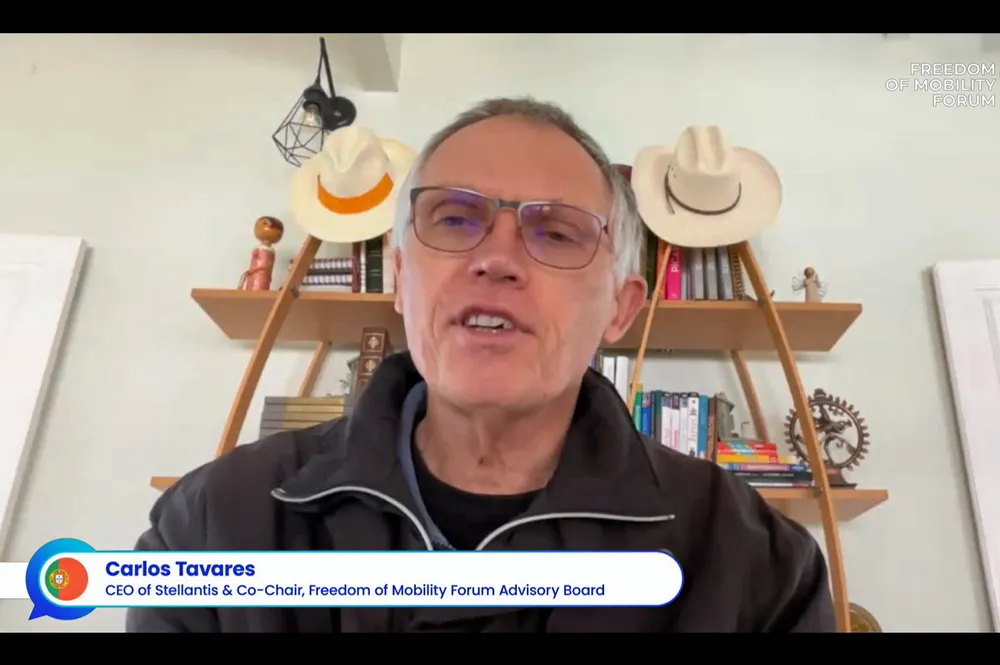Cost of hydrogen mobility is 'sky high', says Stellantis CEO, two months after introducing eight new H2 van models
Carlos Tavares tells online event that fuel-cell road transport is ‘far from being affordable’, with cost being an ‘enormous challenge’
